Research Archive
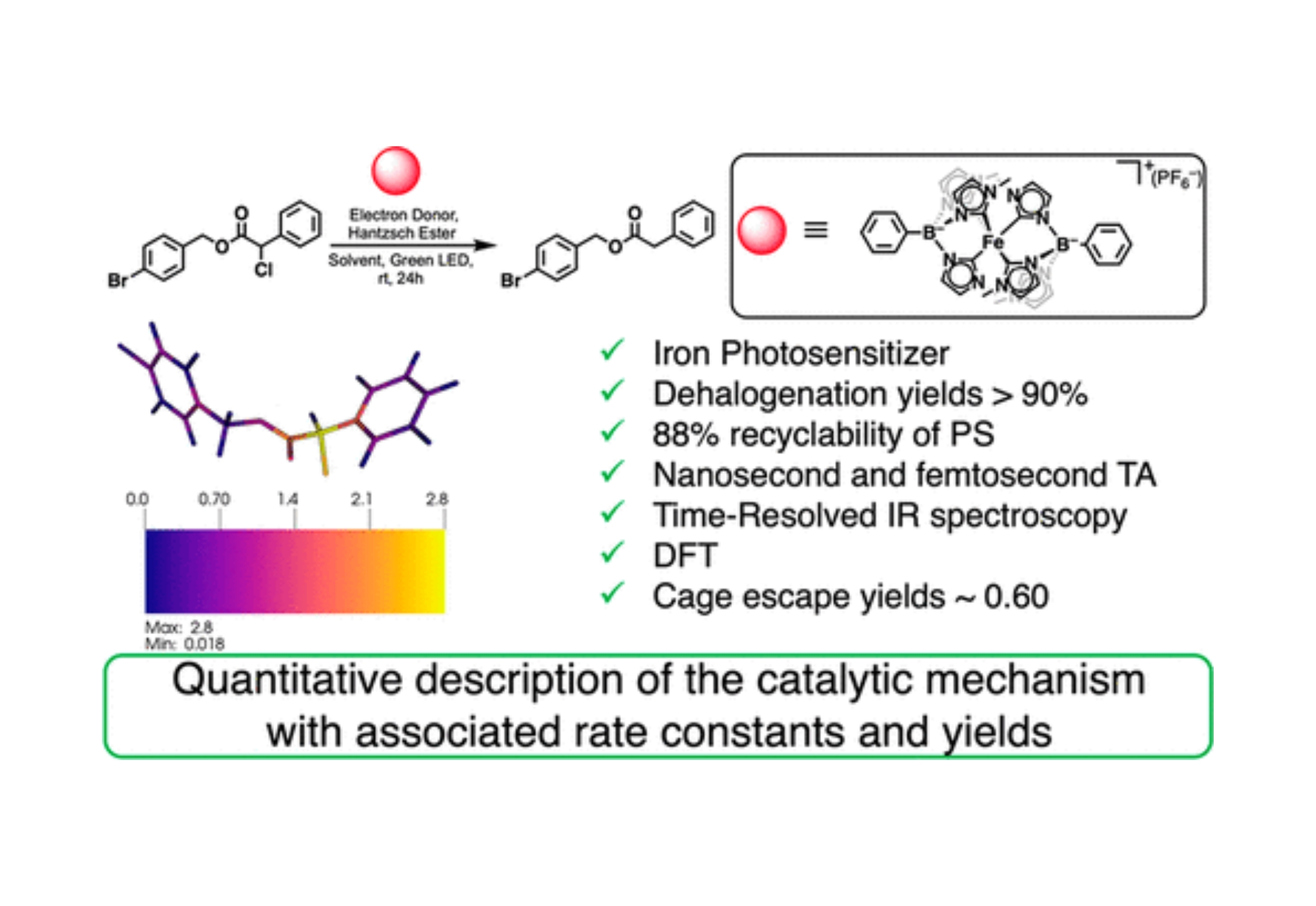
Efficient excited-state electron transfer between an iron(III) photosensitizer and organic electron donors was realized with green light irradiation.
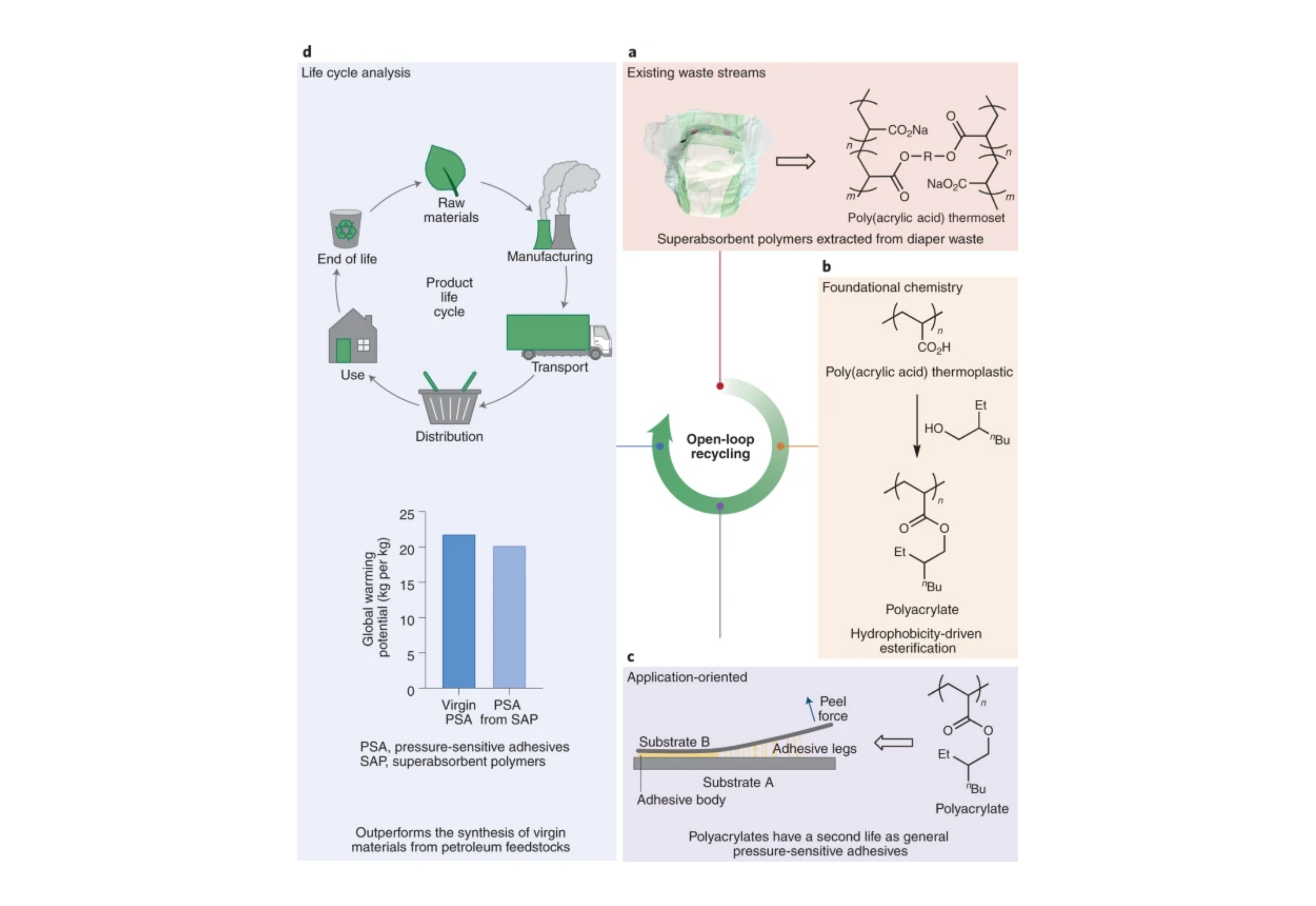
Now, poly(acrylic acid) from diaper waste has been converted into valuable pressure-sensitive adhesives through an open-loop recycling method that is cost-effective and environmentally competitive.
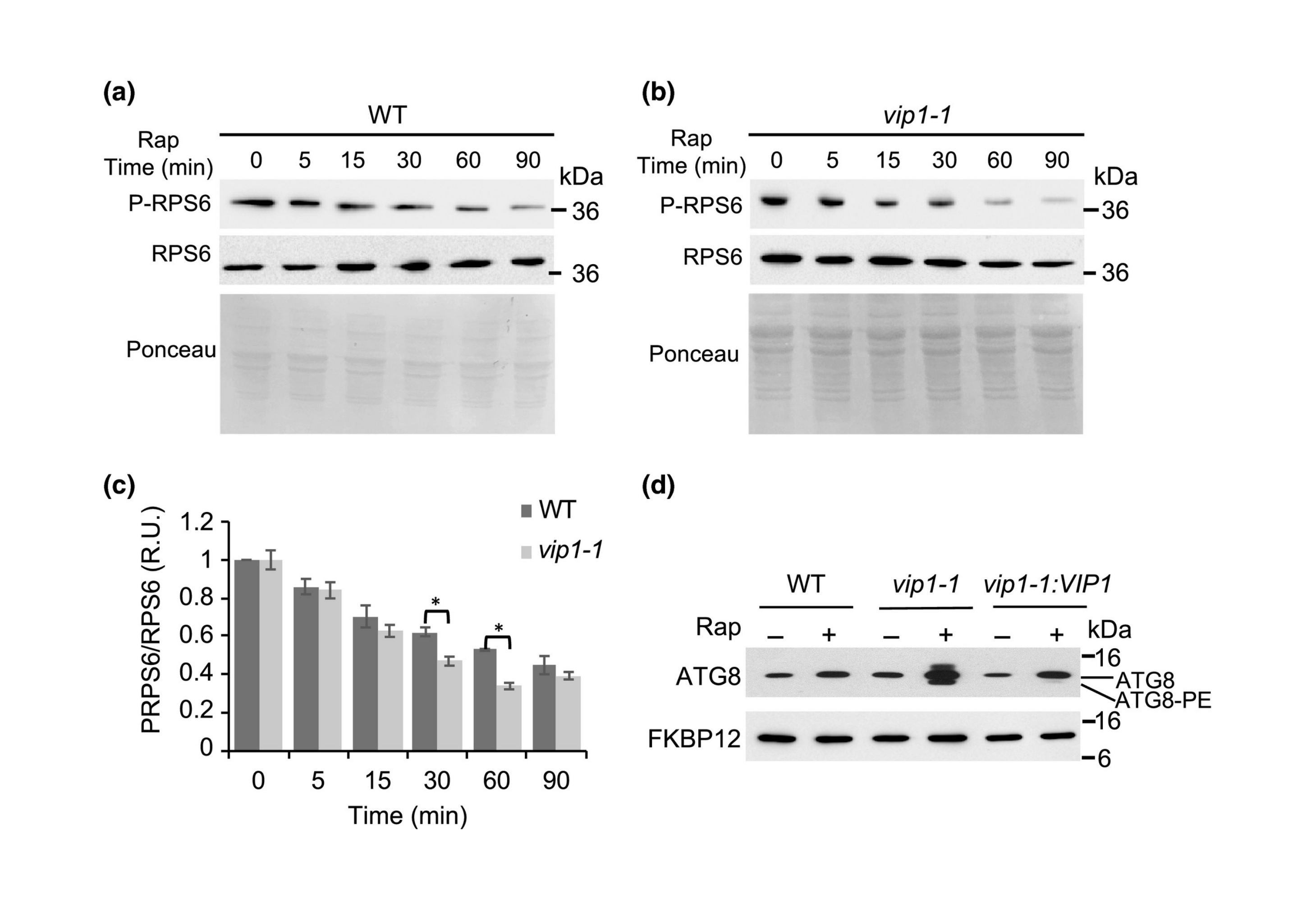
We used an in vivo assay for TOR activity together with global proteomic and phosphoproteomic analyses to assess differences between wild-type and vip1-1 in the presence and absence of rapamycin.
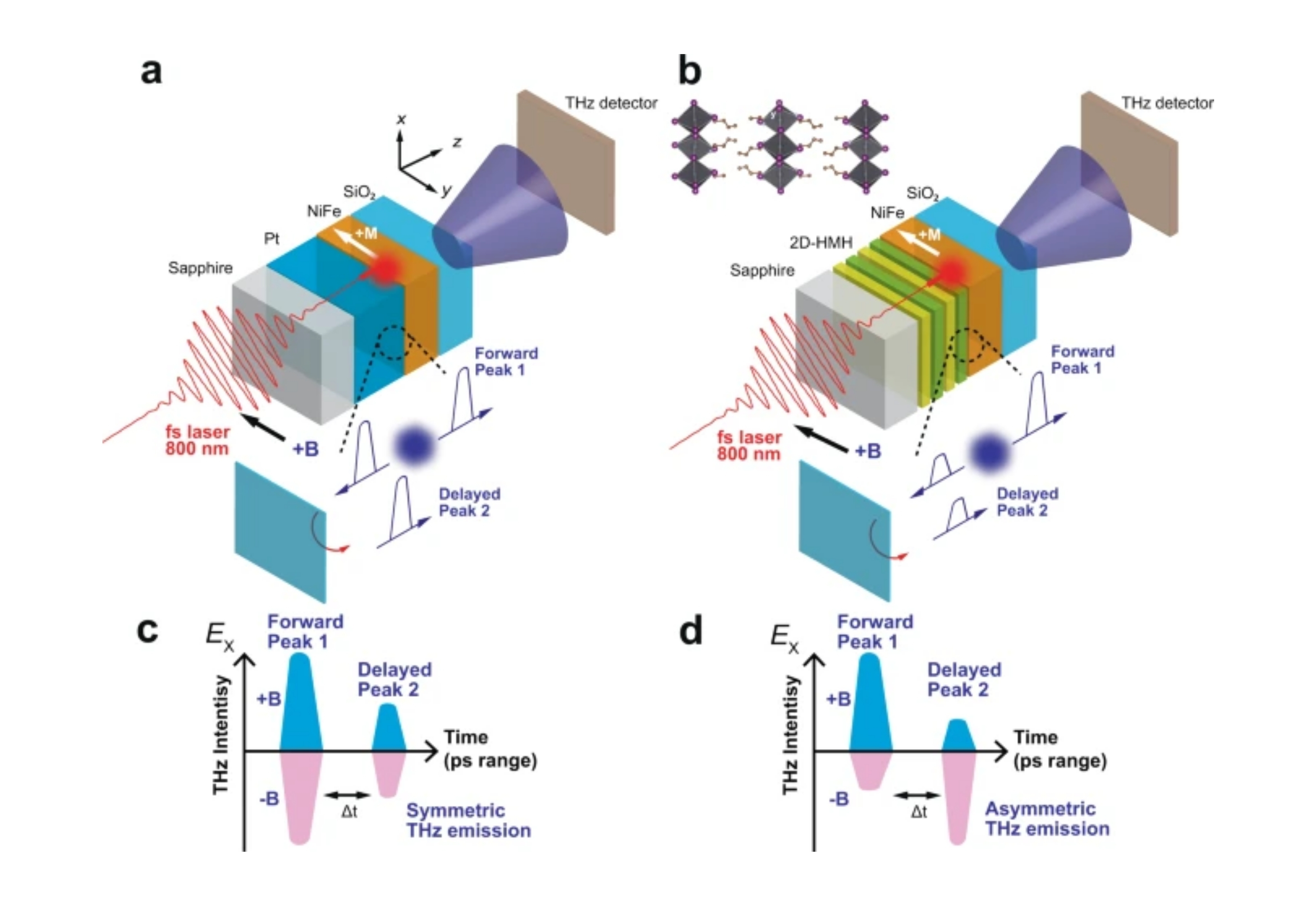
Here we report the observation of asymmetric spintronic-THz radiation in Two-Dimensional Hybrid Metal Halides (2D-HMH) interfaced with a ferromagnetic metal, produced by ultrafast spin current under femtosecond laser excitation.

Herein, we report a nickel-catalyzed reductive coupling of allyl alcohols with chiral, nonracemic alkyl tosylates.
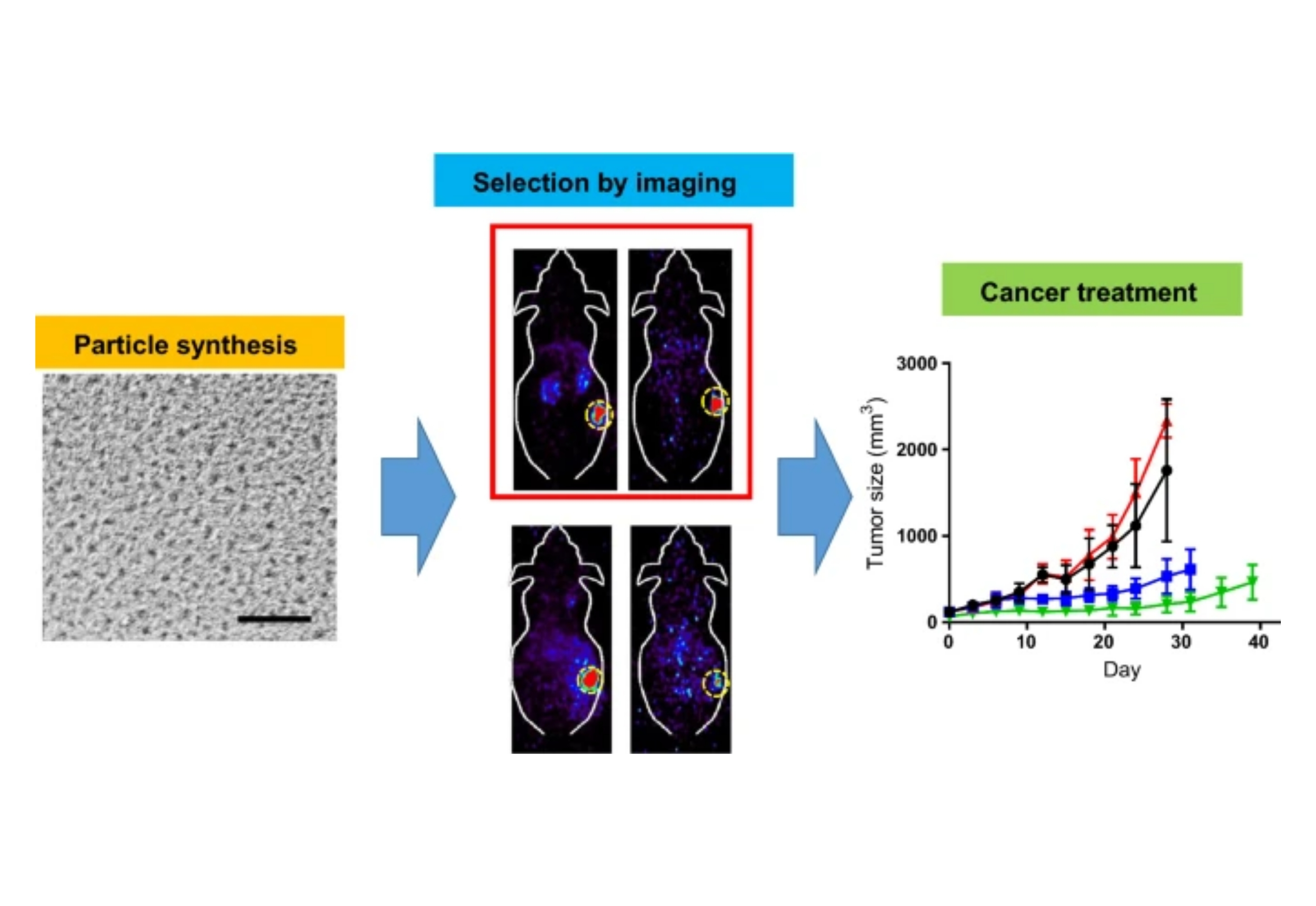
In this work, two Gd@C-dots formulations were fabricated which bore carboxylic acid (CA-Gd@C-dots) or amino group (pPD-Gd@C-dots), respectively, on the carbon shell.
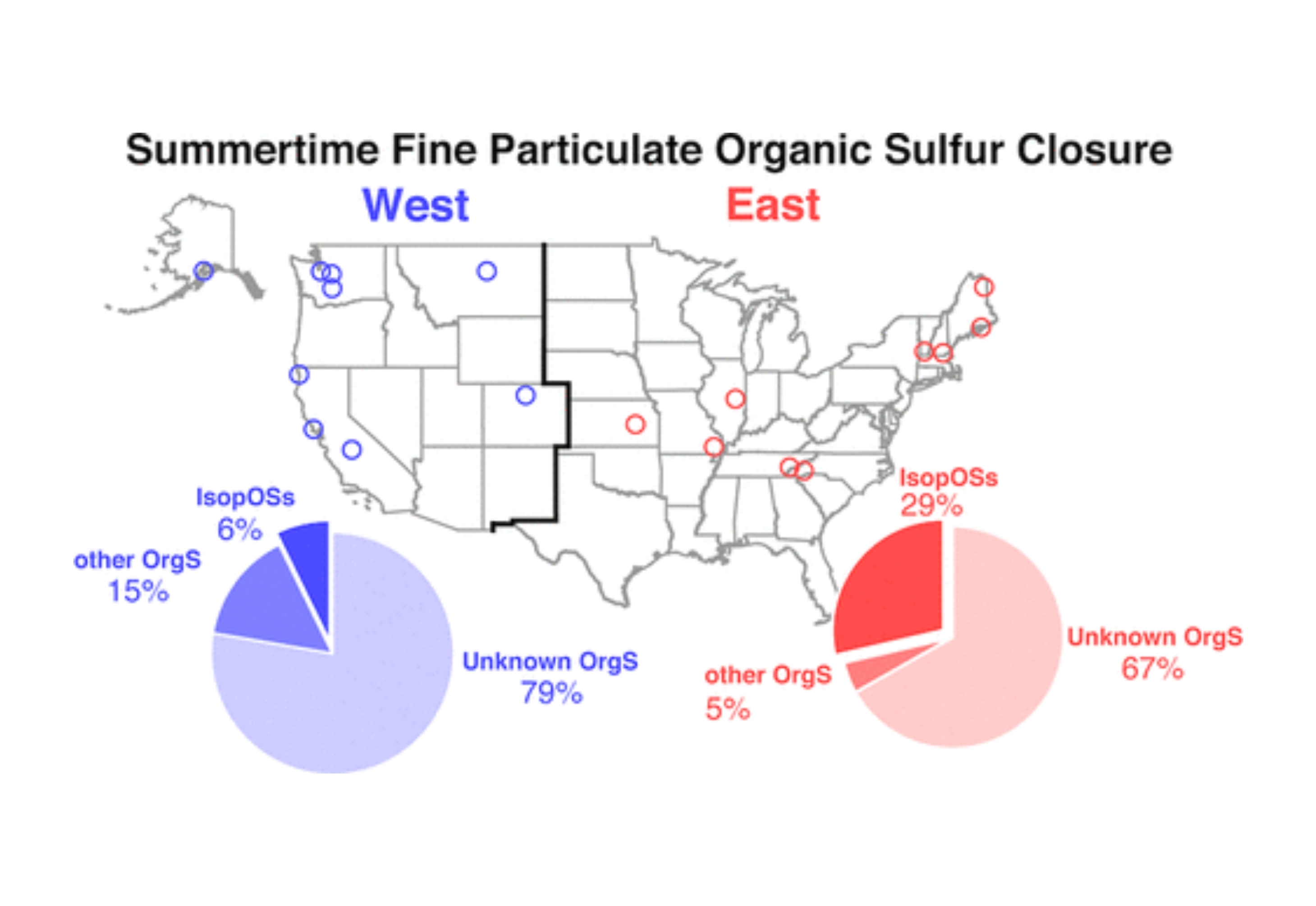
In this work, iOSs were quantitively characterized in PM2.5 collected from 20 ground sites within the Interagency Monitoring of Protected Visual Environments (IMPROVE) network during the 2016 summer and winter seasons.
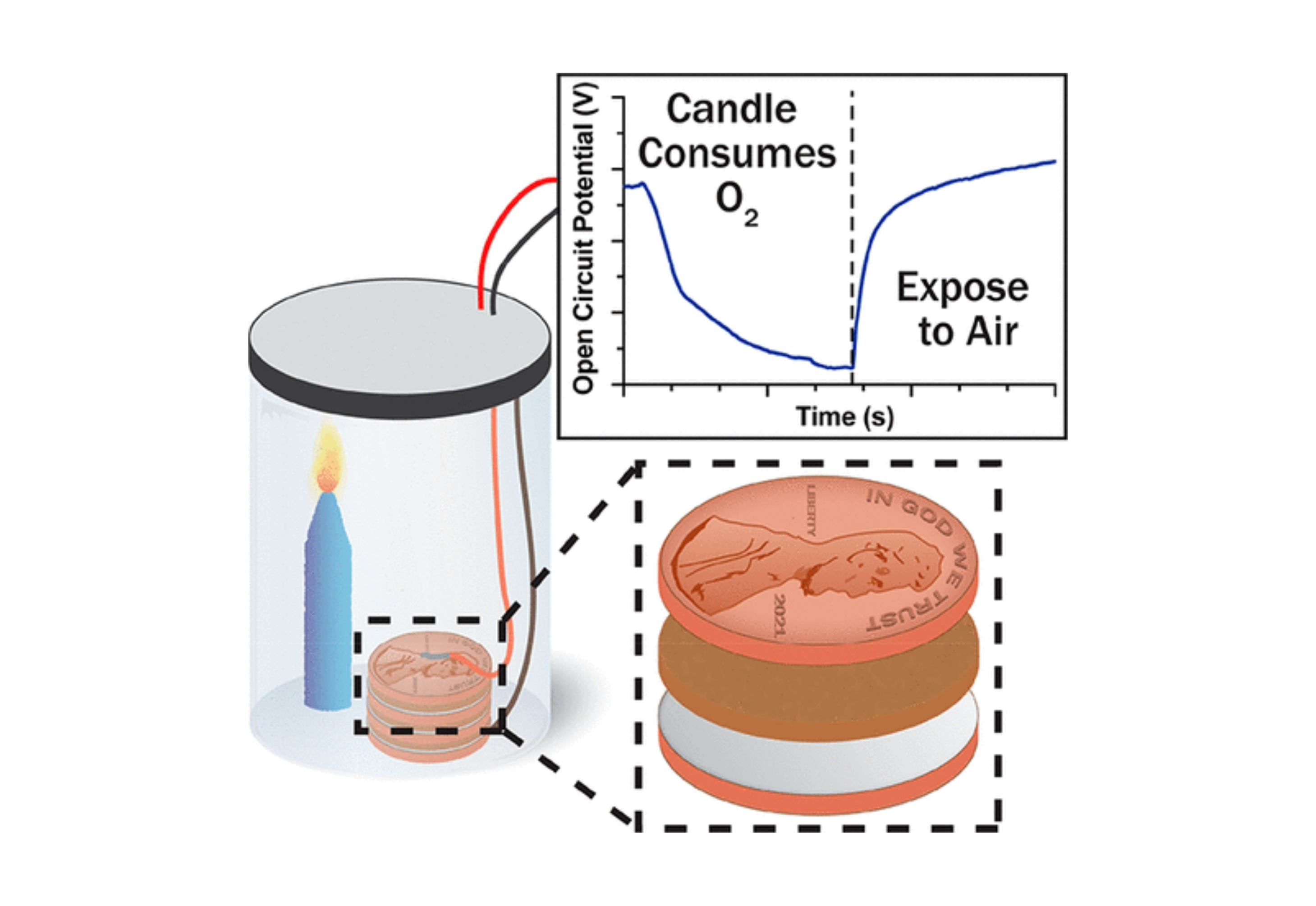
Here, we demonstrate that the oxygen reduction reaction (ORR) contributes to the cathodic half-reaction from pH 0 to 14, suggesting that the true mechanism of the voltaic pile depends on the mixed potential set by the HER/ORR and zinc oxidation.
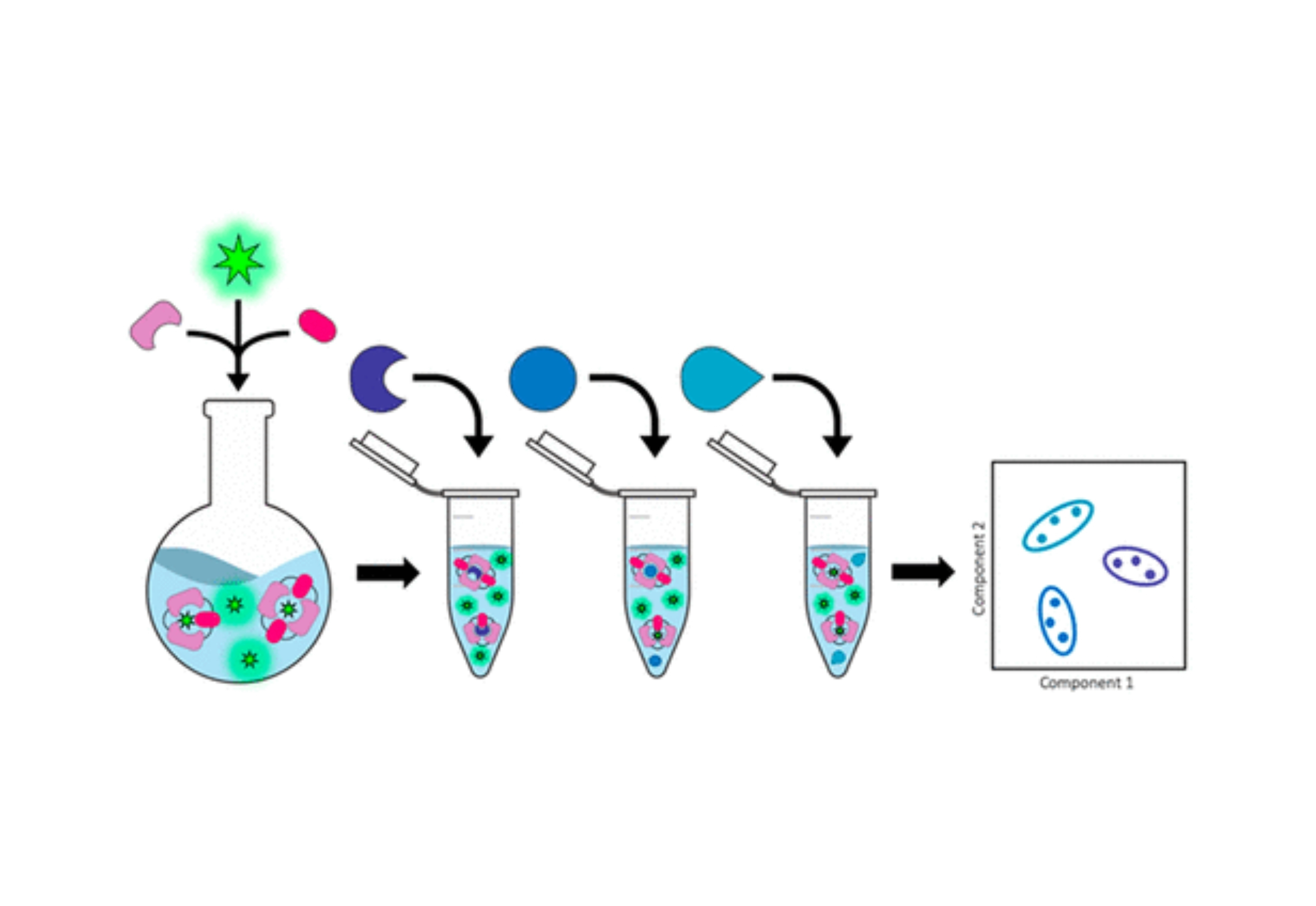
Herein, we demonstrate a unique sensor array approach using “imprint-and-report” DCLs that obviates the need for receptor synthesis and isolation.
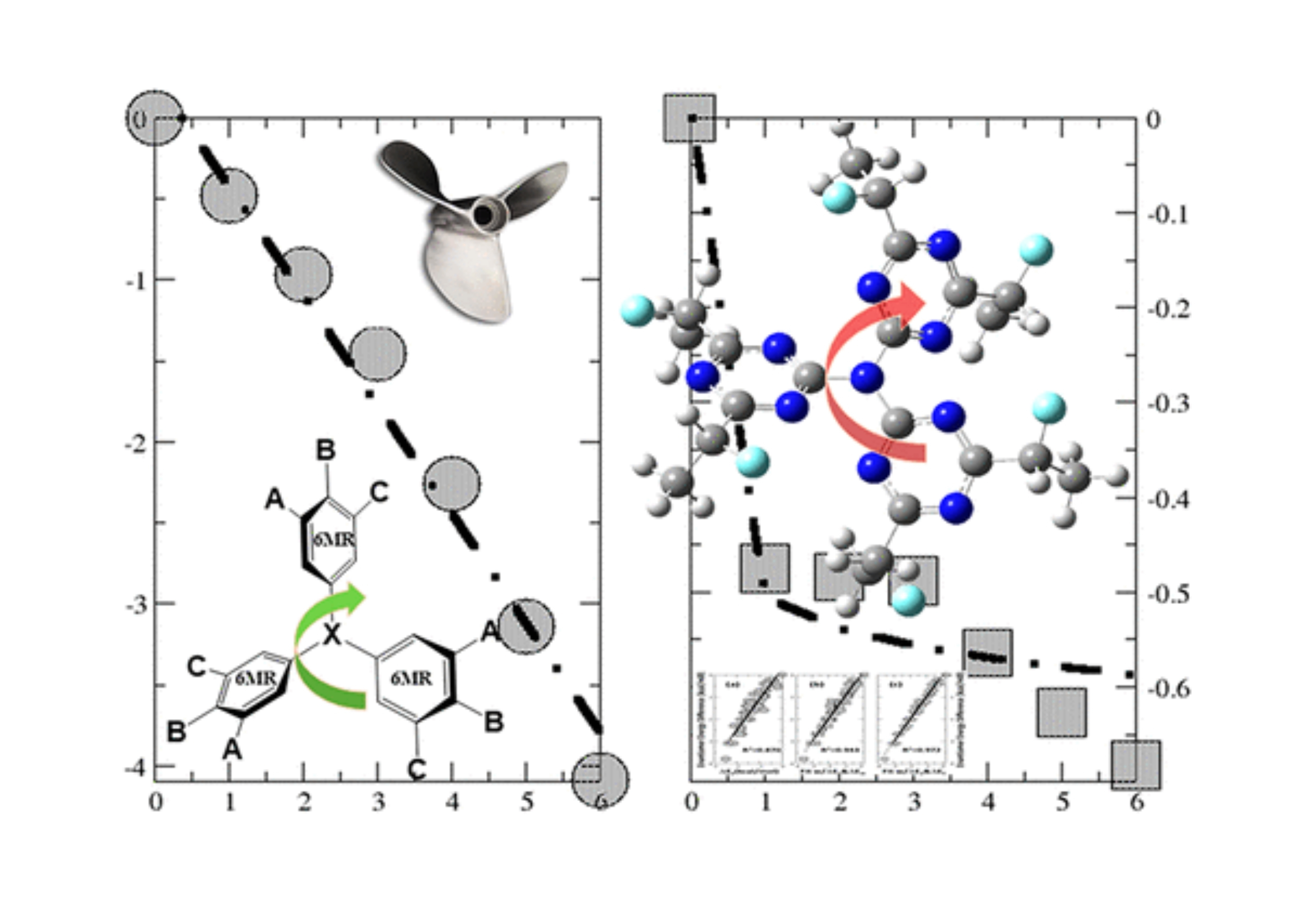
In this work, we confirm the validity of this principle in the three-blade propeller molecular system.
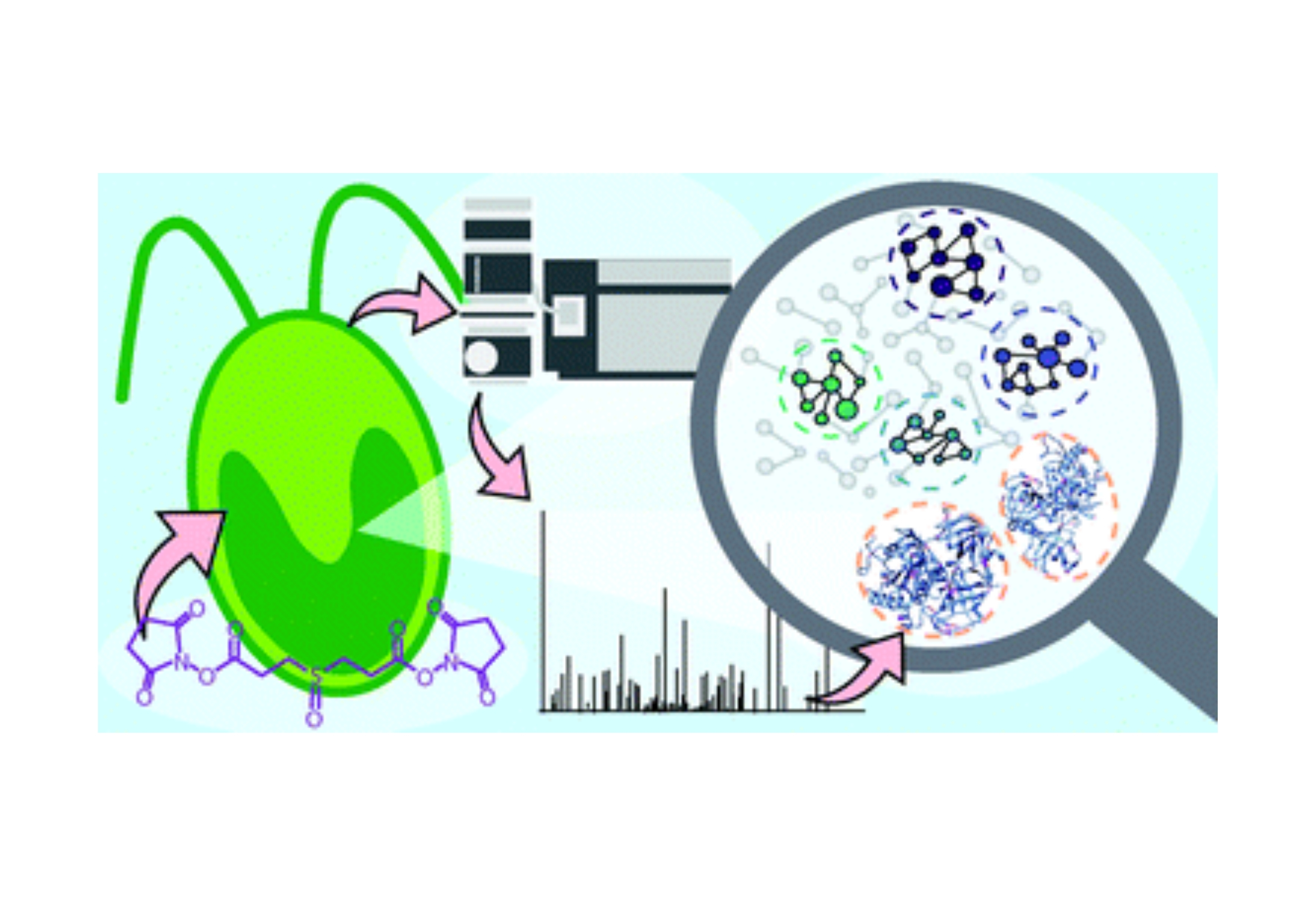
Herein, the global interactome of the unicellular alga Chlamydomonas reinhardtii was analyzed via XL-MS by implementing the MS-cleavable disuccinimidyl sulfoxide (DSSO) crosslinker and enriching for crosslinks using strong cation exchange chromatography.


